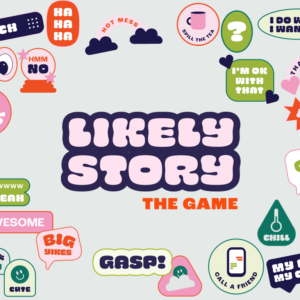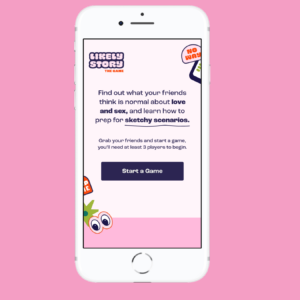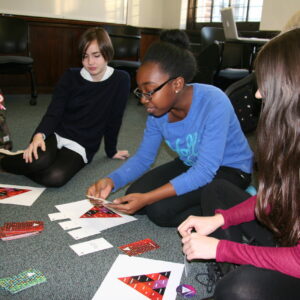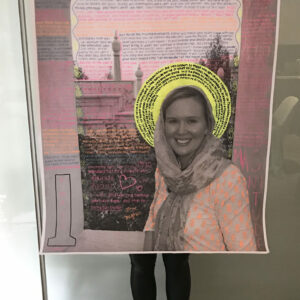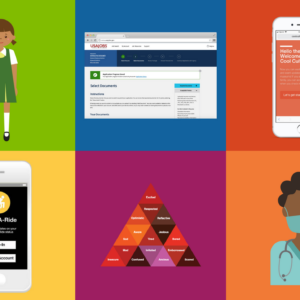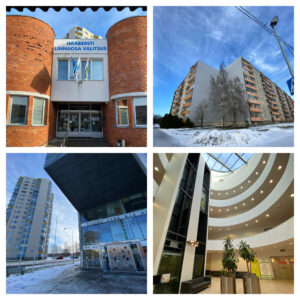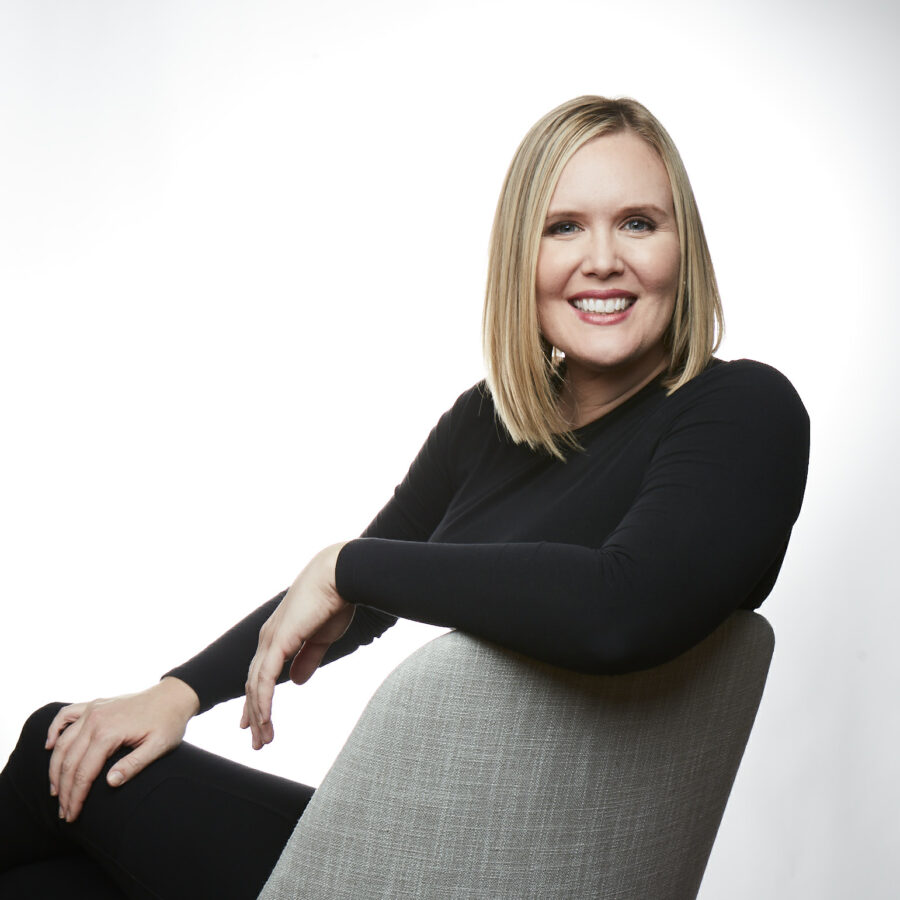
Meghan Lazier
Meghan Lazier is a designer based in Washington, DC. She’s known for using design to create better policy. She’s worked on creating systems that put people first in federal government, banking, and health care—spaces that don’t traditionally value design. Her work has been featured in featured in the New York Times and Fast Company.
Name: Meghan Lazier
Position: Fulbright Scholar
Relation to EKA: Visiting Guest Lecturer and Researcher in the Design Department
1. What projects are you currently working on?
I am involved in an engaging mix of teaching and research over the Spring 2022 semester.
I am team-teaching a design studio course that combines service design and systems thinking for the Design & Technology Futures MA, a joint program between TalTech and EKA. Our students are exploring the issue of single-use plastic packaging, and I am learning about this topic alongside them.
I have been surprised by how much I enjoy the opportunity to regularly visit Mustamäe, the neighborhood where TalTech is located. Being on another campus and in another part of the city on a weekly basis has helped me understand more of the local context and the broader higher education landscape in Estonia.
My time is also spent also advising thesis students in the Interaction Design MA program at EKA.
The research project I’m involved in is connected to my teaching because it is focused on both service design and systems thinking approaches. Alongside Eva Liisa Kubinyi and Maarja Mõtus, we are researching young adult access to mental health services. Our project is funded by the Estonian Health Insurance Fund.
Like in many countries, the Estonian healthcare system has many demands placed on it, and we are looking at creative and resourceful ways to support new mental healthcare services for young adults. We are working in partnership with a local healthcare center, district government and young adults to help pilot new service concepts. We’re approaching this problem through a participatory lens, by building relationships and understanding existing community in one neighborhood, Väike-Õismäe. Of course, we hope that what we learn from this pilot project will be able to scale.
2. What are other projects you’ve worked on that give us a sense of your interests?
One of the project I’m most proud of is co-founding a design and innovation studio that works on projects that deal with gender-based violence, reproductive rights, sex trafficking, and advancing rights for women and girls.
Our main project is a digital game, Likely Story (formerly, That’s Sus!), which on the surface is about how teens deal with awkward romantic relationship scenarios, but its content is based on how traffickers use romantic relationships to coerce victims into sex trafficking. The game has received over $500,000 in funding from the Canadian government and various corporate and community foundations, in addition to receiving a 2021 Webby Award Honoree designation. I believe that it’s critical to engage young women, who are the most likely victims of sex trafficking, in the issue.
I also teach in two very different environments when I’m stateside. I am an adjunct faculty member at the Maryland Institute College of Art (MICA), where I teach the capstone course to students in the Master of Professional Studies in User Experience Design program. I am also part of the teaching team at IDEO U, IDEO’s online school that encourages anyone, not just aspiring designers, to learn the skills and mindsets required to solve problems through a creative lens. Teaching energizes me and makes me a better practitioner.
3. You have many countries to choose from when pursuing a Fulbright? Why did you choose to come to Estonia?
It might be a silly nickname, but the reputation of e-Estonia is seriously compelling. When I applied for the Fulbright program, I was working in the US federal government as a designer. The Estonian approach to services is all about putting people first and avoiding unnecessary bureaucracy. I knew that spending time experiencing Estonia would expand my understanding of service design and its possibilities.
I was also fortunate to visit Tallinn and EKA before moving here. After meeting the faculty and staff of the EKA Design Department, I immediately felt at home. I knew this was a special place, and I wanted to spend time here.
4. What has surprised you about Estonia?
When I was visiting the KUMU museum, one of the exhibits quotes former President Ilves and his quip that Estonia is like a wild strawberry. This piqued my interest, and I looked up the full quote:
“All that is dear and sweet does not have to be big and grand. Estonia is like a wild strawberry: pristine and small, difficult to find and those who do not know how to, fail to recognize and value it. But once we possess it, once it is ours, then it is one of the best things of all. Our home is a wild strawberry field.”
I never thought I would think of Estonia as a wild strawberry field, but now I can’t get the comparison out of my head! I am so lucky to have landed in a place that is so juicy and ripe for discovery.
Offered food for thought?
You can contact Meghan Lazier via e-mail: meghan.lazier@artun.ee.

